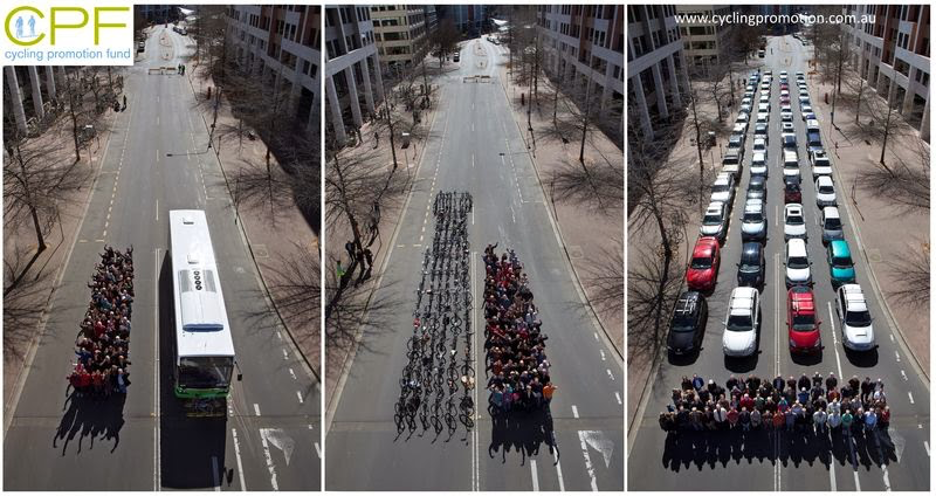Sustainable travel
Section outline
-
What is air pollution?
What is air pollution?
Air pollution occurs when harmful pollutants are released into the atmosphere. Vehicles emit air pollutants into the atmosphere, so the more vehicles on the road the lower the air quality due to the high amount of pollutants in the air. There are different classifications of air pollutants, the most noticeable of which (particularly within urban and industrial areas) include:
- Carbon Monoxide (CO)
- Nitrogen Oxide (NOx)
- Sulphur Dioxide (SO2)
- Hydrocarbons (HC)
- Smog (from factories, power plants and traffic)
Watch the video (3:52) below for a quick introduction to air pollution and its effects.
Hierarchy of transport options
Walking and cycling are the 'cleanest' forms of transportation because there are only minimal emissions caused by them (yes there are still some - for example the carbon footprint of the food that fuels you!). Driving mostly relies on petrol on diesel; travelling just one mile in an average car contributes around 530g CO2 overall.* The burning of the petrol and diesel is harmful to the environment and causes air pollution. Cars also use up a lot of energy in their production, with the use of steel, rubber, glass etc. While there are no emissions directly from driving an electric car, there are likely to be from the energy used to charge it (even if it's solar power, there's a carbon impact of that infrastructure).
The bus is also a great way to travel sustainably with an average of only 17 grams of CO2 emitted into the atmosphere per person kilometre travelled. Travelling by train emits 29 grams of CO2 per person kilometre travelled.

*Average UK car at 36mpg, according to the book 'How Bad Are Bananas' by Mike Berners-Lee, 2020.
Benefits of travelling sustainably
By travelling sustainably, you will be helping to reduce congestion and reduce the amount of carbon that is released into the atmosphere. The most sustainable ways of travelling are walking and cycling, then taking public transport, and finally car sharing (4 people in one car is much better than having 4 cars on the road with 1 person in each!).
There are other positives with traveling more sustainably too - you will be more active and it can save you money and time. Less money spent on fuel and less time sitting in traffic.
Why else do we encourage sustainable travel?
Think of how much space 50 people all driving alone would take up on the road, or even in a car park. If 50 people all took the bus the space on the road would be just the bus! Or if 50 people all cycled on the road it would be similarly efficient. That will result in less congestion, calmer journeys and of course less air pollution.

At Essex we’re working hard to support our students and staff to make sustainable travel choices when possible. There are already bus pass discounts, bicycle maintenance services and cycling facilities, and we’re working to improve them further. For those who need to use a car we have EV charging points, and we’re increasing the proportion of electric vehicles in our own fleet.
No activities